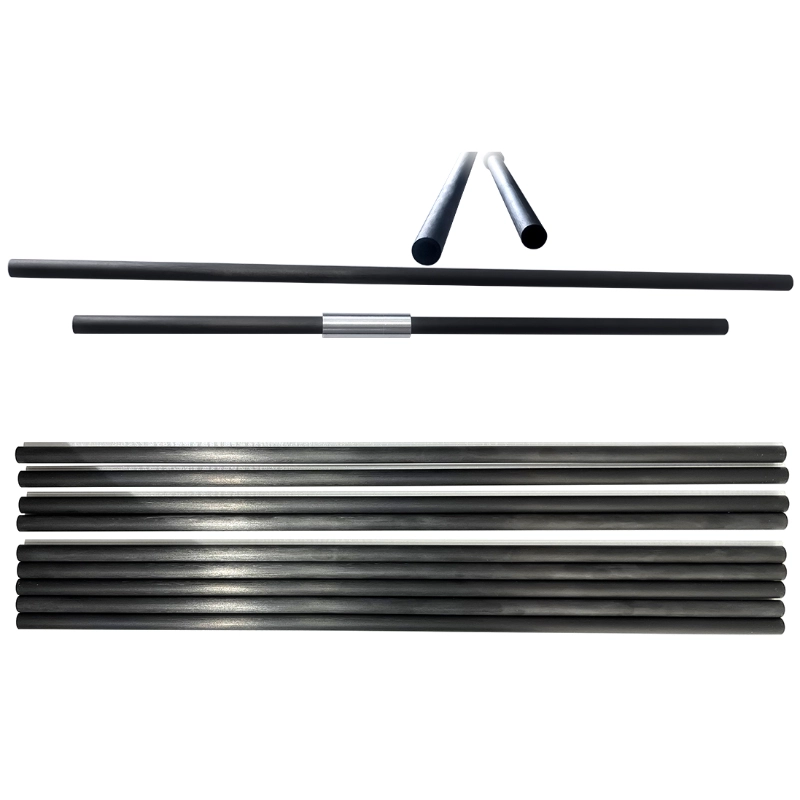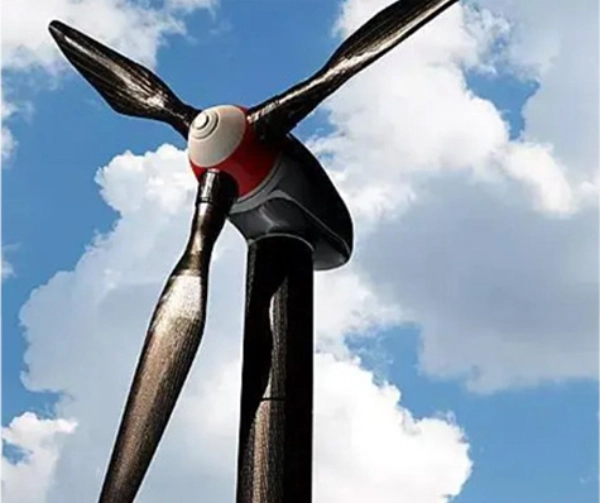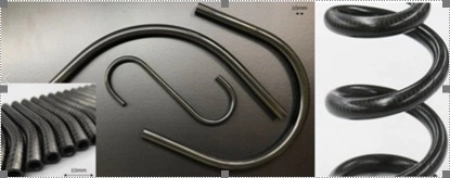As the automotive industry moves toward higher performance, improved fuel efficiency, and sustainability, carbon fiber composites have become a game-changer in vehicle manufacturing. Known for their lightweight, high strength, and durability, carbon fiber materials are now widely used in high-performance sports cars, electric vehicles (EVs), and even mainstream passenger cars.
Hithunder Composite Materials Technology, a high-tech company specializing in the research, development, and production of composite structural components, plays a crucial role in advancing carbon fiber applications. By integrating cutting-edge aerospace composite technologies into the civilian sector, Hithunder is bridging the gap between military innovation and commercial automotive manufacturing.

Why Carbon Fiber is Transforming Automotive Manufacturing
1. Lightweight for Enhanced Performance and Efficiency
Carbon fiber-reinforced polymer (CFRP) is five times stronger than steel but weighs significantly less. This weight reduction improves:
- Fuel efficiency in traditional combustion vehicles.
- Extended battery range in electric vehicles.
- Faster acceleration and better handling in high-performance cars.
2. Strength and Safety Improvements
Unlike traditional metals, carbon fiber absorbs impact energy efficiently, enhancing vehicle crash safety. Its superior strength-to-weight ratio allows manufacturers to design lightweight structures without compromising durability.
3. Corrosion Resistance and Longevity
Unlike steel and aluminum, carbon fiber does not rust or degrade easily, resulting in a longer lifespan for automotive components. This makes it ideal for chassis, body panels, and structural reinforcements.
Key Advancements in Automotive Carbon Fiber Production
1. High-Volume Production Techniques
Traditionally, carbon fiber manufacturing has been slow and expensive. However, innovations such as resin transfer molding (RTM) and automated fiber placement (AFP) are significantly reducing production time and costs, making carbon fiber more accessible to mass-market vehicles.
2. Aerospace-Inspired Technologies for Automotive Use
Hithunder Composite Materials Technology leverages advanced aerospace composite techniques to enhance automotive manufacturing. By adapting high-performance resin systems and structural designs from the aerospace industry, the company ensures superior quality and performance in automotive applications.
3. Recyclability and Sustainability
As the demand for eco-friendly materials rises, manufacturers are focusing on recyclable carbon fiber composites. Innovations in thermoplastic carbon fiber allow for easier recycling and reuse, aligning with global sustainability goals.
4. Integration with Electric Vehicles (EVs)
Lightweight materials are essential for increasing EV efficiency. Carbon fiber’s reduced weight compensates for heavy battery packs, improving range and overall vehicle performance. More EV manufacturers are integrating carbon fiber into battery enclosures, structural frames, and aerodynamic components.
The Future of Carbon Fiber in the Automotive Industry
- More Affordable Production – As manufacturing processes improve, carbon fiber costs are expected to decrease, making it a viable material for a broader range of vehicles.
- Increased Use in Mainstream Cars – While currently prominent in high-end models, carbon fiber will likely become standard in mid-range passenger vehicles.
- Smart Carbon Fiber Materials – Innovations in embedded sensors and self-healing composites will enhance vehicle safety and performance.
Conclusion
Carbon fiber is reshaping the automotive industry, providing a lightweight, strong, and sustainable alternative to traditional materials. With advancements in production efficiency, cost reduction, and aerospace technology integration, companies like Hithunder Composite Materials Technology are driving the future of automotive carbon fiber manufacturing.
As demand for high-performance and energy-efficient vehicles grows, carbon fiber’s role in next-generation automobiles will only expand. Whether in EVs, autonomous vehicles, or future mobility solutions, the innovation in composite materials is set to redefine automotive design and engineering.






